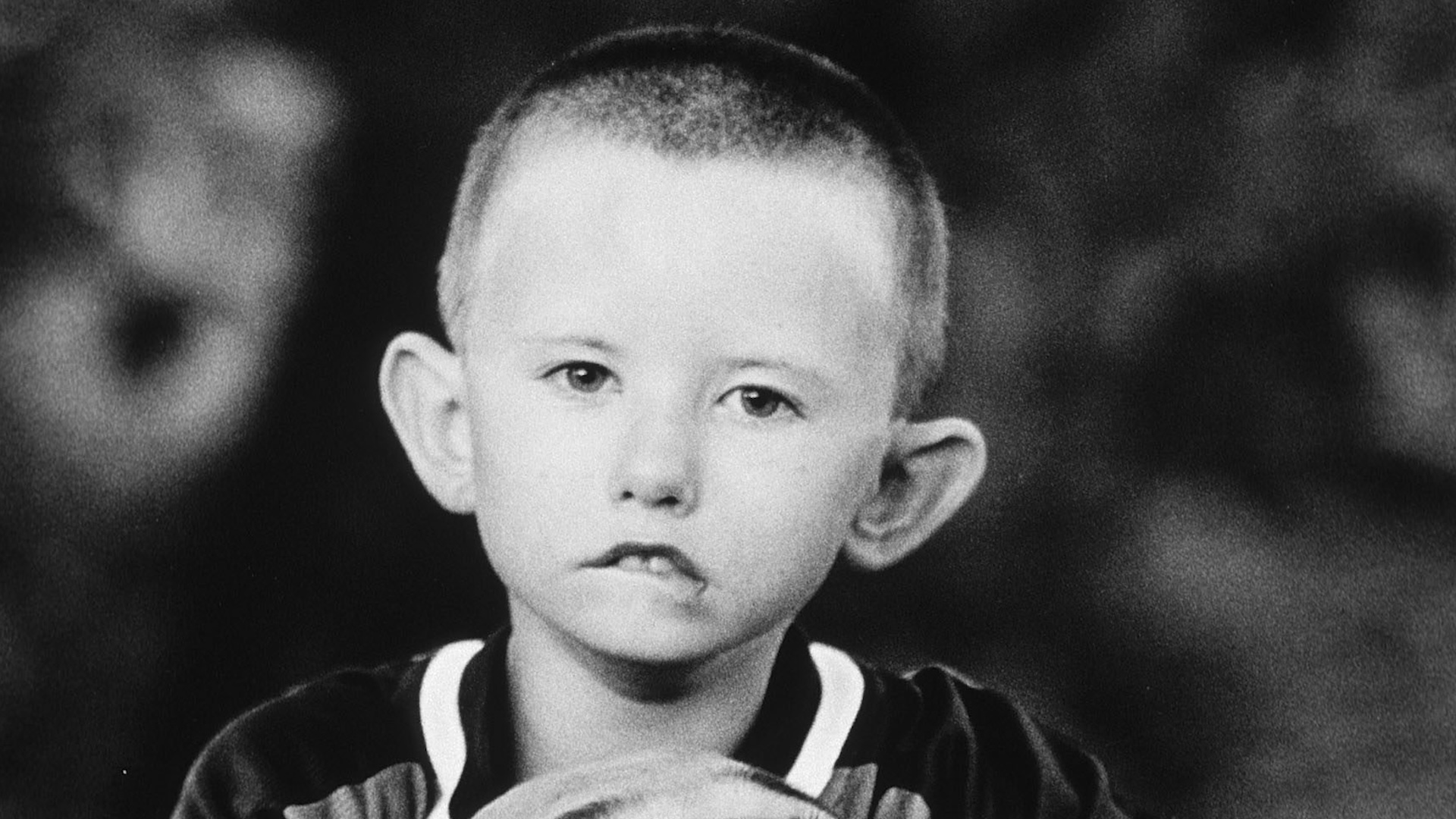Disease name: Moebius syndrome
Affected populations: The exact incidence of Moebius syndrome is unknown. A 2021 survey in Italy suggested that the condition affects 0.3 in 100,000 newborns in the country, while a 1996 Dutch study estimated that it affects about 2.1 per 100,000 newborns in The Netherlands. Other studies estimate that, worldwide, between 1 in 500,000 and 1 in 50,000 babies are born with the syndrome.
These estimates may vary because the diagnostic criteria for Moebius syndrome have changed over time. Plus, due to the condition’s rarity, countries don’t maintain national registries to track its incidence and physicians often lack knowledge of the condition, complicating diagnosis, the authors of the Italian study suggested. The syndrome is thought to occur in people of all races and ethnicities and to affect males and females at equal rates.
Causes: The key feature of Moebius syndrome is the absence or underdevelopment of two sets of cranial nerves (CN): the abducens nerves (CN VI) and facial nerves (CN VII).
There are 12 pairs of cranial nerves in total, and they relay signals from the brain to different parts of the face, head, neck and torso. The abducens nerves control the muscles that move the eyes away from the centerline of the face, moving the left eye left and right eye right. The facial nerves control various movements in the face, such as blinking, scrunching the forehead, smiling and frowning; they also relay sensory signals related to hearing and taste and help control the saliva and tear glands. Depending on the patient, Moebius syndrome may be associated with problems in other cranial nerves, in addition to CN VI and VII.
The exact causes of these cranial nerve problems in Moebius syndrome are not well understood. Most cases are sporadic, meaning they occur randomly rather than running in families. However, in a small percentage of cases, the syndrome appears to run in families, but the pattern of inheritance isn’t consistent.
Some studies have pinpointed mutations in certain genes that may contribute to at least some cases of the disorder. These genes include PLXND1 and REV3L, which respectively contribute to brain development in the womb and DNA repair.
The risk of Moebius syndrome has also been linked to exposure to certain drugs in the womb. These substances include alcohol, cocaine, benzodiazepines, the immunosuppressant thalidomide and the migraine medication ergotamine. Many researchers think that the syndrome may emerge due to disruptions in blood flow to the brainstem during early stages of development.
Symptoms: The symptoms of Moebius syndrome can vary from person to person. That said, to be diagnosed patients generally have the following characteristics: facial paralysis or weakness affecting at least one side of the face and an inability to do sideways eye movements while still being able to look up and down.
Infants with the syndrome may drool more than is typical, have crossed eyes and need to move their whole head to track objects along a horizontal path. They typically show no facial expressions, which is very apparent when they’re laughing or crying. They also often have trouble feeding as their suckling and swallowing abilities are affected.
Additional symptoms seen in some people with Moebius syndrome are having a small jaw and short tongue. Some have cleft palates, abnormalities in the structure of the external ear, or hearing loss, if CN VIII is affected. Some have limb differences, such as clubbed feet or webbed fingers. Many experience delays in developing motor skills, such as crawling, but then catch up later in development.
Historically, research tied the syndrome to an increased risk of autism spectrum disorder, but that link has been questioned in recent years. It’s thought that patients may have been misdiagnosed as autistic due to differences stemming from nerve palsy — such as speech delay and an inability to make facial expressions — that make social interactions more difficult.
With treatment, people with Moebius syndrome typically have normal lifespans.
Treatments: Treatments and therapies for Moebius syndrome are tailored around each patient’s set of symptoms.
To restore movement to the face, doctors may recommend procedures that transfer muscles and/or nerves from another part of the body into the affected parts of the face. These include surgeries that can help improve the individual’s ability to chew, blink, smile and execute other facial movements and expressions.
In infancy, children with the syndrome may need feeding tubes to get adequate nutrition. Because patients have trouble blinking, it’s important to keep the eyes lubricated with products like eye drops and to protect the eyes from sun using sunglasses and widebrimmed hats. Patients with crossed eyes can also undergo surgery to realign the eyeballs, if their alignment doesn’t improve on its own as they grow.
Physical and occupational therapy can be helpful for patients with orthopedic abnormalities, as can speech therapy for patients with speech delay. Surgeries or physical supports, such as splints, braces and prostheses, may aid patients with limb differences.
This article is for informational purposes only and is not meant to offer medical advice.
